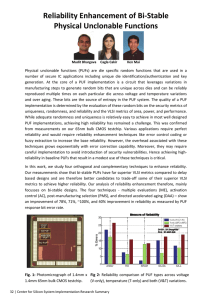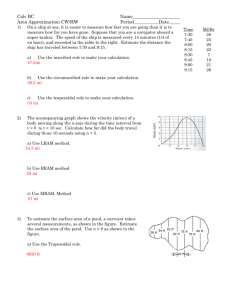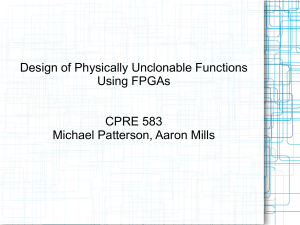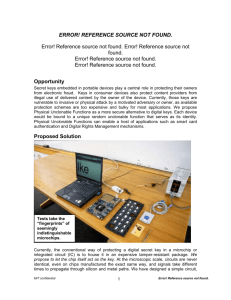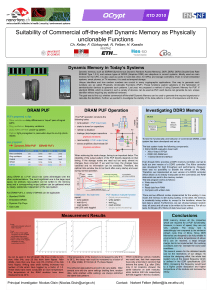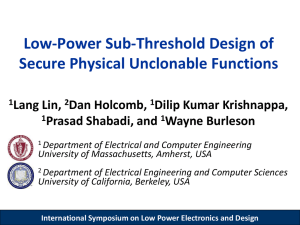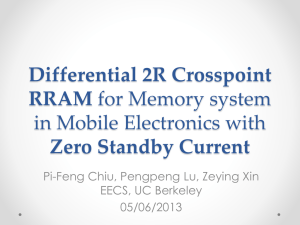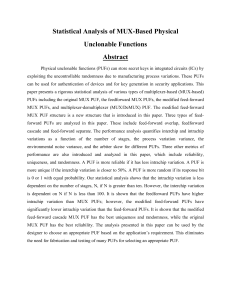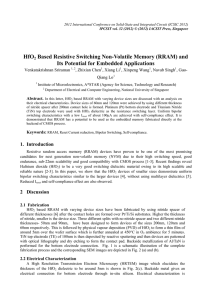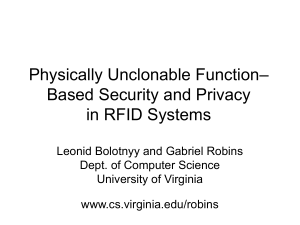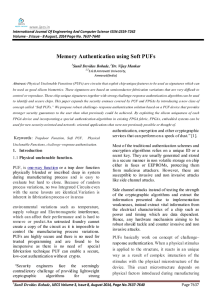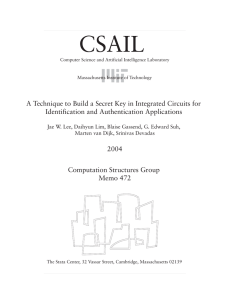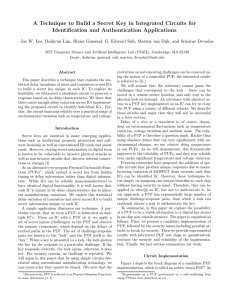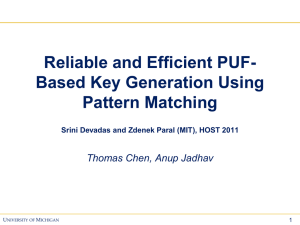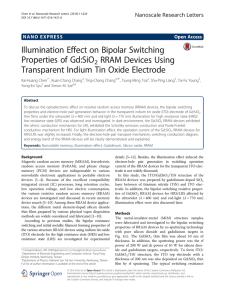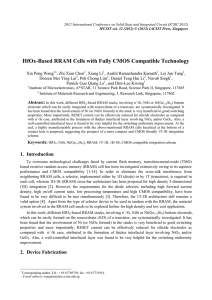RRAM-based PUF: Design and Applications in Cryptography
advertisement
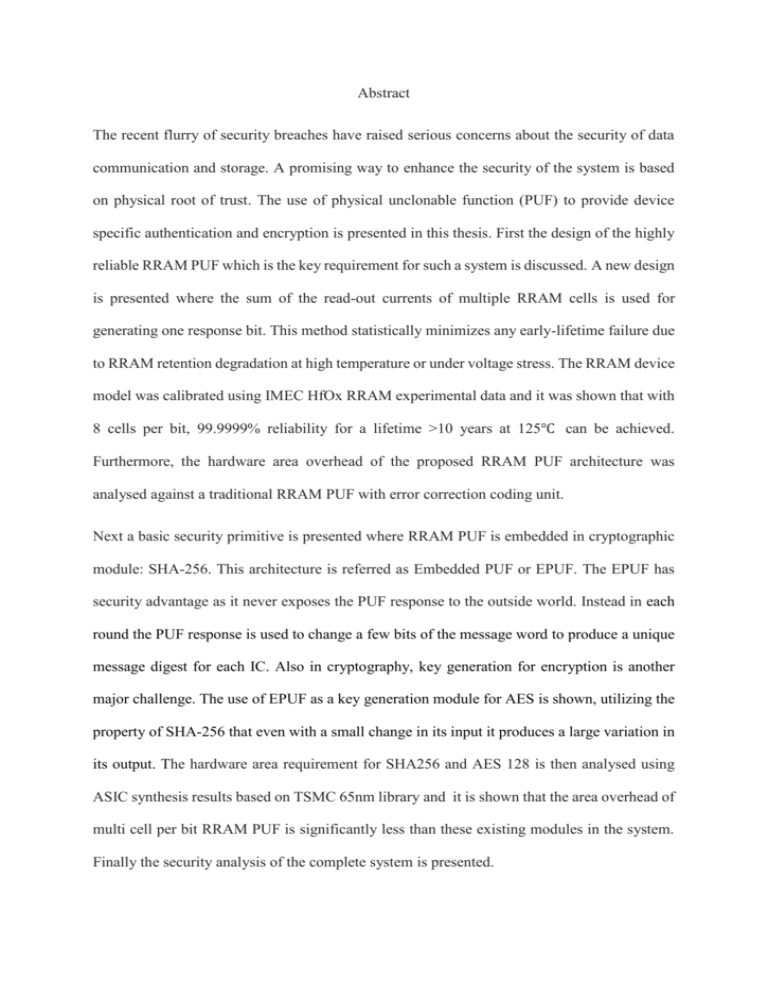
Abstract The recent flurry of security breaches have raised serious concerns about the security of data communication and storage. A promising way to enhance the security of the system is based on physical root of trust. The use of physical unclonable function (PUF) to provide device specific authentication and encryption is presented in this thesis. First the design of the highly reliable RRAM PUF which is the key requirement for such a system is discussed. A new design is presented where the sum of the read-out currents of multiple RRAM cells is used for generating one response bit. This method statistically minimizes any early-lifetime failure due to RRAM retention degradation at high temperature or under voltage stress. The RRAM device model was calibrated using IMEC HfOx RRAM experimental data and it was shown that with 8 cells per bit, 99.9999% reliability for a lifetime >10 years at 125℃ can be achieved. Furthermore, the hardware area overhead of the proposed RRAM PUF architecture was analysed against a traditional RRAM PUF with error correction coding unit. Next a basic security primitive is presented where RRAM PUF is embedded in cryptographic module: SHA-256. This architecture is referred as Embedded PUF or EPUF. The EPUF has security advantage as it never exposes the PUF response to the outside world. Instead in each round the PUF response is used to change a few bits of the message word to produce a unique message digest for each IC. Also in cryptography, key generation for encryption is another major challenge. The use of EPUF as a key generation module for AES is shown, utilizing the property of SHA-256 that even with a small change in its input it produces a large variation in its output. The hardware area requirement for SHA256 and AES 128 is then analysed using ASIC synthesis results based on TSMC 65nm library and it is shown that the area overhead of multi cell per bit RRAM PUF is significantly less than these existing modules in the system. Finally the security analysis of the complete system is presented.
